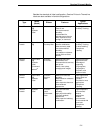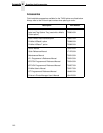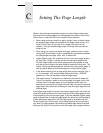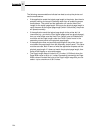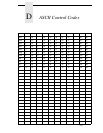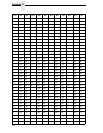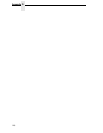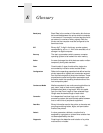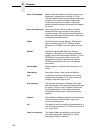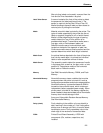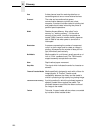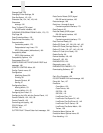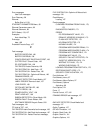
219
E Glossary
Baud (rate) Baud Rate is the number of information bits that can
be transmitted between the printer and the computer
in one second. For example, one baud equals one bit
per second in a series of binary signals. Both the
printer and the computer must be configured to the
same baud rate.
BIT Binary digIT. A digit in the binary number system,
represented by a 0 or a 1. A bit is the smallest unit of
storage in a digital computer.
Boot-up The start-up procedure which causes a computer
operating system to be loaded into main memory.
Buffer An area of storage into which data are read or written
temporarily during data transfers.
Coax Coaxial cable. A type of cable with a single wire
surrounded by insulation and a braided shield.
Configuration Refers to the operating properties that define how the
printer responds to signals and commands received
from the host computer at the printer interface. These
properties are called configuration parameters and
are set to match the operating characteristics of the
host computer system.
Continuous Media Media comprised of one continuous length without a
gap, notch, hole or black mark to establish a
predetermined label or tag length. With this media
type, the Host Form Length or user selected Page
Length sets the desired length of each label.
Controller An independent functional logic unit in a data
processing system that controls data paths between
one or more units of peripheral equipment.
Data Bits Binary information sent to the printer; a character set
grouping containing letters, digits, and punctuation
marks to be printed.
Default A value, parameter, attribute, or option that is
assigned by a program or system when another has
not been specified by the user.
Diagnostic Pertaining to the detection and isolation of a printer
malfunction or mistake.



